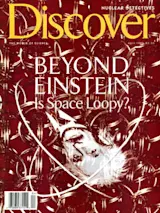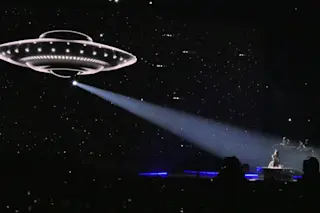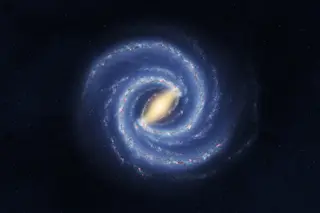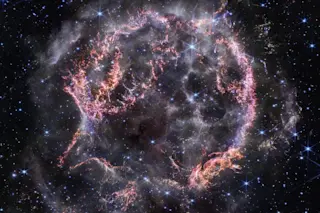If you believe William Tifft’s data, there are problems with the modern cosmos. For instance, maybe--repeat, maybe--it isn’t expanding.
William Tifft is 61 years old, has white hair, a decidedly unflamboyant style of talking, and no obvious penchant for self-promotion. His every outward manifestation, from the neat trim of his mustache to the sharp slant of his small handwriting, bespeaks a meticulous, methodical manner. He is devoted to his data. But the data that Tifft, an astronomer at the University of Arizona, has been collecting for nearly two decades now have the potential to take modern cosmology, from the Big Bang to dark matter, and cut it off at the knees. Tifft’s data--or as he stresses cautiously, one possible interpretation of his data--suggest that the universe might not be expanding.
The argument that pits Tifft against nearly all other astronomers and cosmologists concerns the phenomenon of redshift. The light reaching ...














